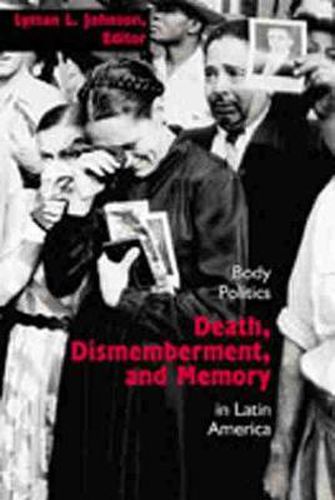Readings Newsletter
Become a Readings Member to make your shopping experience even easier.
Sign in or sign up for free!
You’re not far away from qualifying for FREE standard shipping within Australia
You’ve qualified for FREE standard shipping within Australia
The cart is loading…






This title is printed to order. This book may have been self-published. If so, we cannot guarantee the quality of the content. In the main most books will have gone through the editing process however some may not. We therefore suggest that you be aware of this before ordering this book. If in doubt check either the author or publisher’s details as we are unable to accept any returns unless they are faulty. Please contact us if you have any questions.
The memories of heroes are preserved the world over in place names, patriotic holidays, printed images on money and stamps, folk songs, roadside shrines, and on web sites. Understanding the origin and meaning of these forms of symbolic political speech is a way to understand cultures and histories. The essays collected here address symbolic political speech associated with the bodies (and body parts) of martyred heroes in Latin America. The authors examine the processes through which these bodies are selected as political vessels, the forms in which they are venerated and memorialised, and the ways they are invested with meaning. Since colonial times governments and their political enemies in Latin America have struggled to control or appropriate the powerful symbolic powers associated with the bodies of the revered dead. Early examples discussed in this book include Cuauhtemoc, the Aztec ruler executed by Spanish conquistador Hernan Cortes in 1524, and Tupac Amaru, the rebel Inca ruler executed by a Spanish viceroy in Peru in 1572. In both cases the bodies were denied to followers by authorities but were reclaimed symbolically by later generations who found enduring meaning in the sufferings of these martyrs. More recently, the bodies of Evita Peron and Che Guevara were recovered and appropriately reburied by admirers and loyalists. The authors explore the region’s mixture of cultures, the legacy of Catholicism, and the persistence of underdevelopment, as they illuminate why the heroic dead in Latin America are likely to speak the language of social protest and resistance to foreign exploiters.
$9.00 standard shipping within Australia
FREE standard shipping within Australia for orders over $100.00
Express & International shipping calculated at checkout
This title is printed to order. This book may have been self-published. If so, we cannot guarantee the quality of the content. In the main most books will have gone through the editing process however some may not. We therefore suggest that you be aware of this before ordering this book. If in doubt check either the author or publisher’s details as we are unable to accept any returns unless they are faulty. Please contact us if you have any questions.
The memories of heroes are preserved the world over in place names, patriotic holidays, printed images on money and stamps, folk songs, roadside shrines, and on web sites. Understanding the origin and meaning of these forms of symbolic political speech is a way to understand cultures and histories. The essays collected here address symbolic political speech associated with the bodies (and body parts) of martyred heroes in Latin America. The authors examine the processes through which these bodies are selected as political vessels, the forms in which they are venerated and memorialised, and the ways they are invested with meaning. Since colonial times governments and their political enemies in Latin America have struggled to control or appropriate the powerful symbolic powers associated with the bodies of the revered dead. Early examples discussed in this book include Cuauhtemoc, the Aztec ruler executed by Spanish conquistador Hernan Cortes in 1524, and Tupac Amaru, the rebel Inca ruler executed by a Spanish viceroy in Peru in 1572. In both cases the bodies were denied to followers by authorities but were reclaimed symbolically by later generations who found enduring meaning in the sufferings of these martyrs. More recently, the bodies of Evita Peron and Che Guevara were recovered and appropriately reburied by admirers and loyalists. The authors explore the region’s mixture of cultures, the legacy of Catholicism, and the persistence of underdevelopment, as they illuminate why the heroic dead in Latin America are likely to speak the language of social protest and resistance to foreign exploiters.